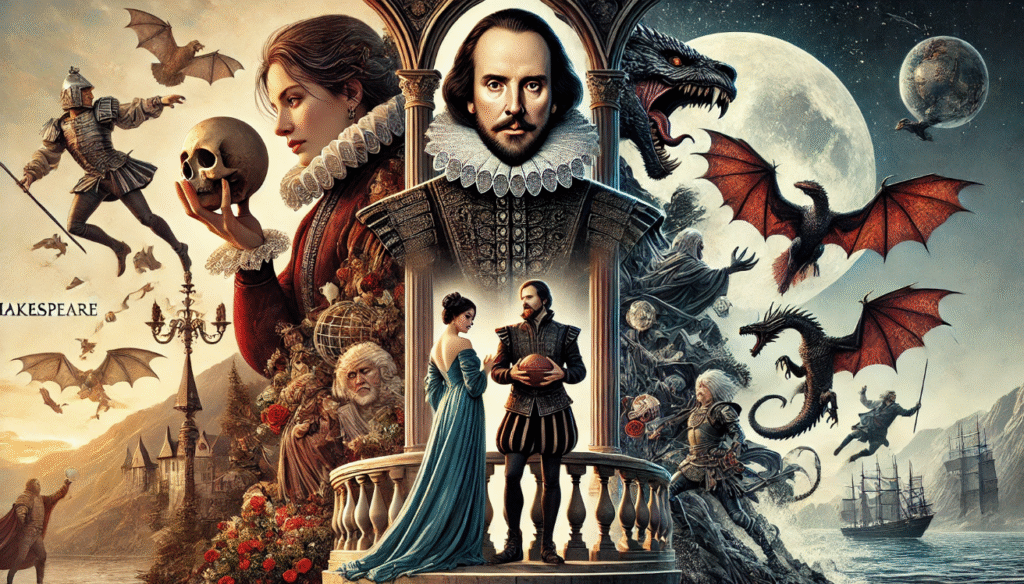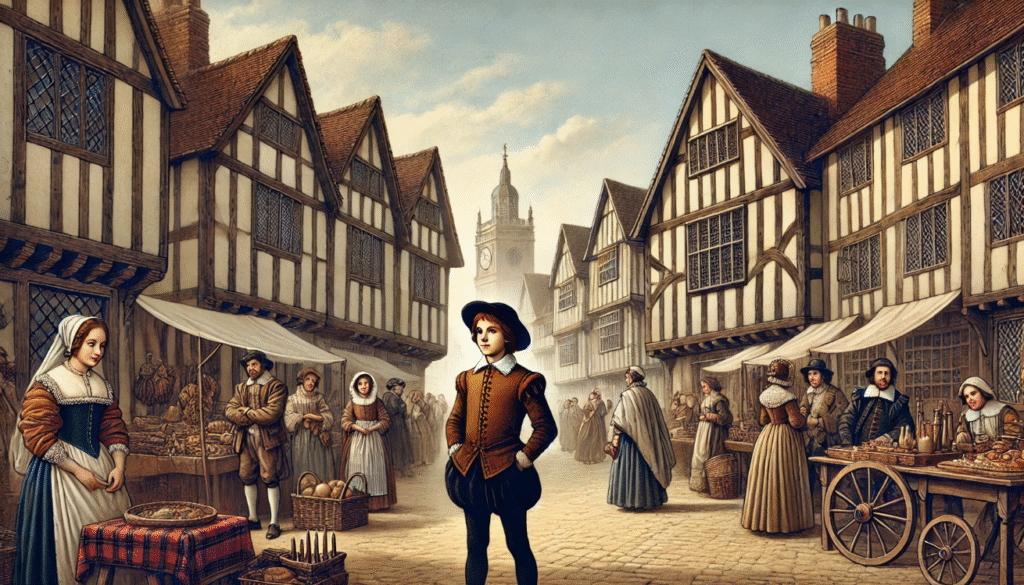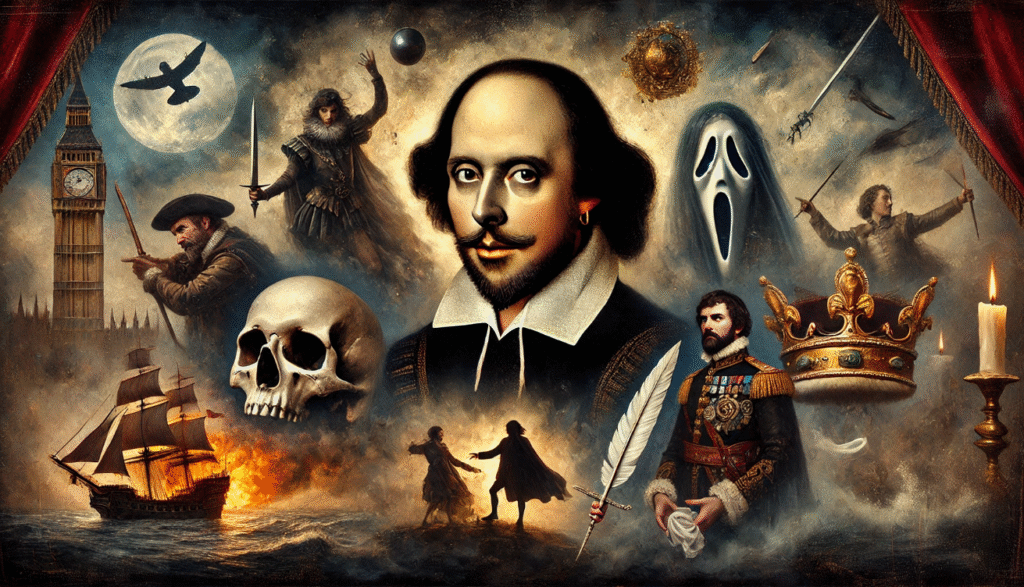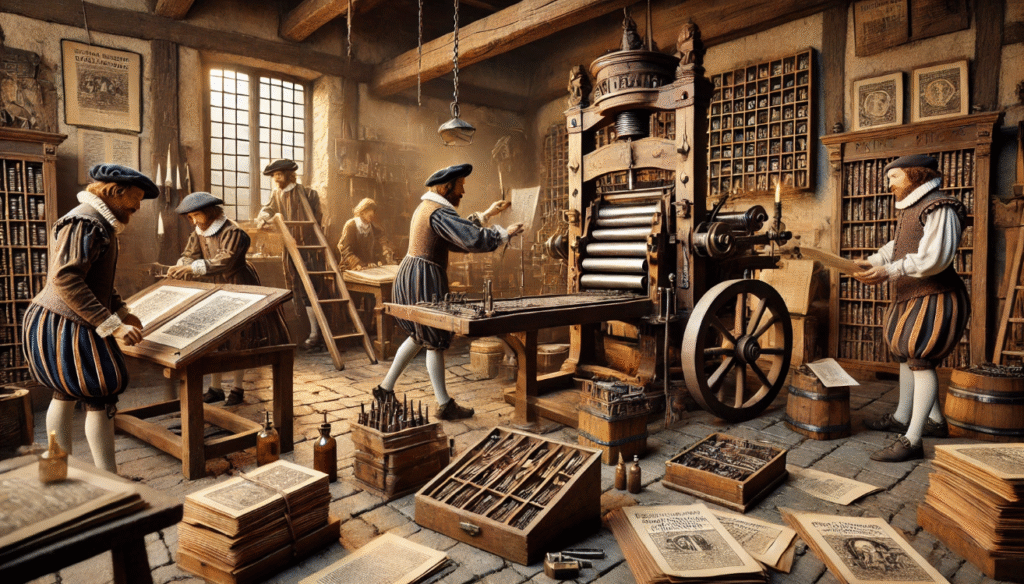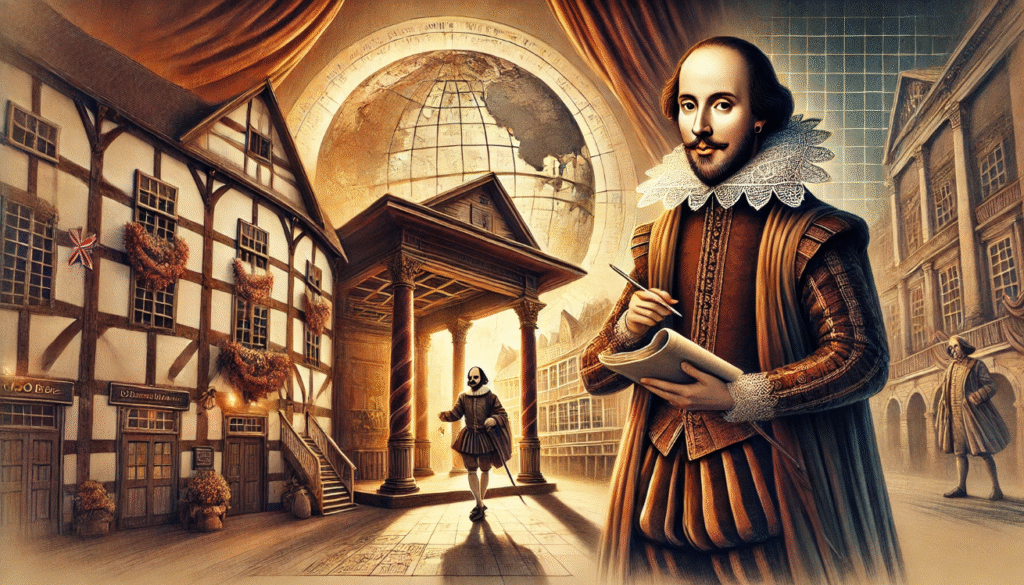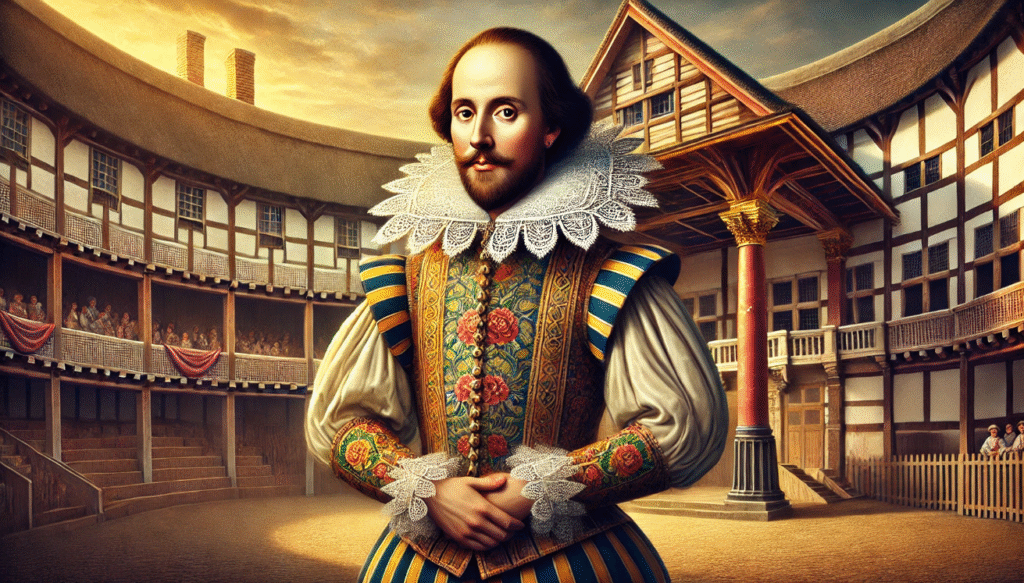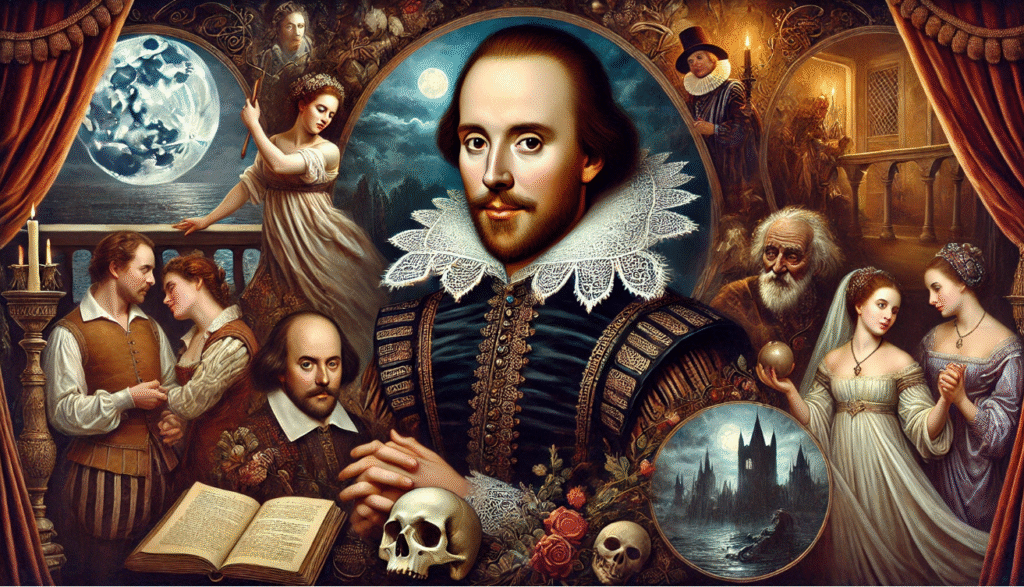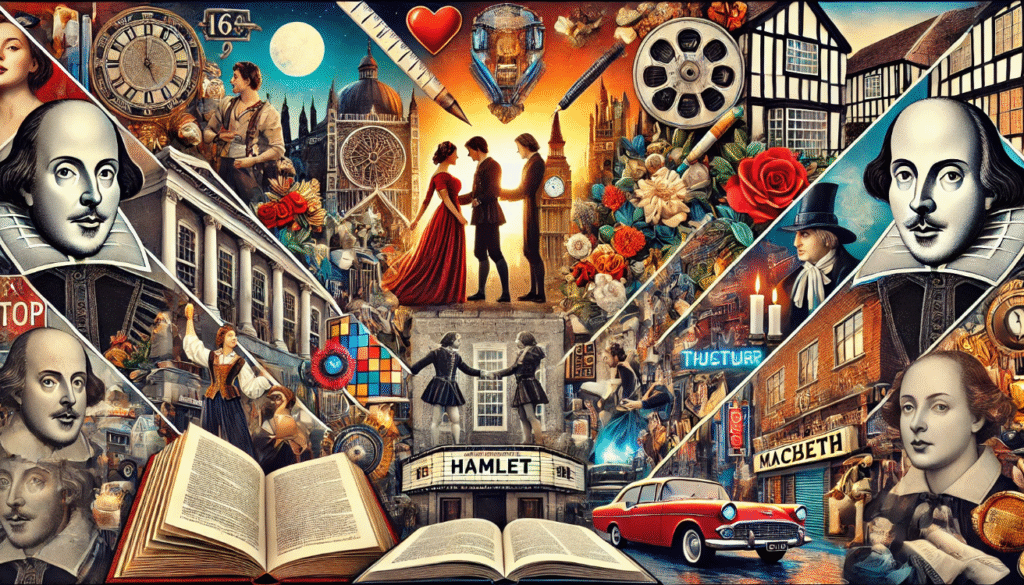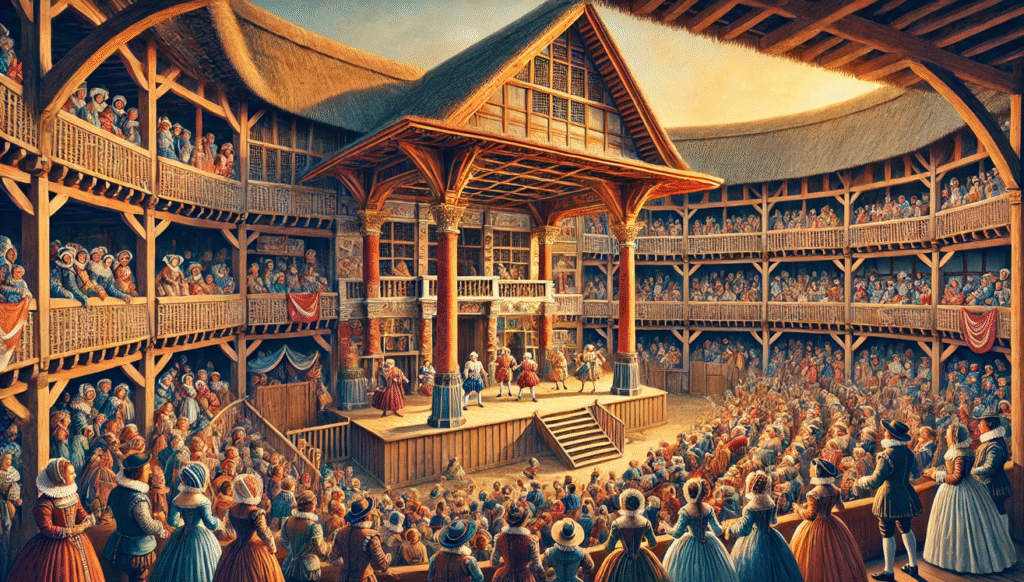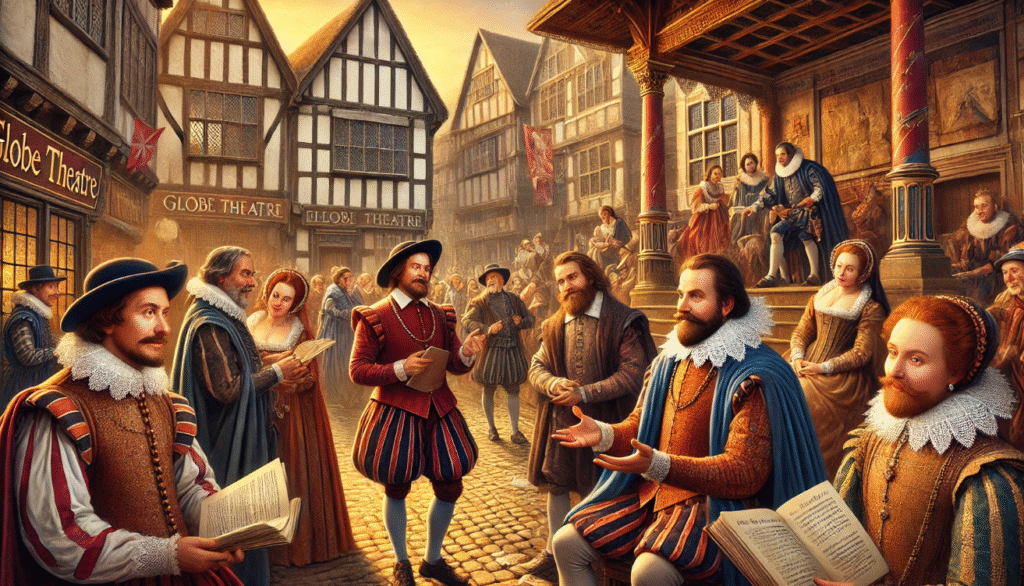 The role of Shakespeare’s plays in literary canonization plays have long held a revered place in the literary canon, shaping not only the language and themes of Western literature but also influencing the structure and complexity of modern storytelling. From Hamlet’s introspective soliloquies to the tragic romance of Romeo and Juliet, Shakespeare’s works continue to resonate with audiences today. But how did his plays achieve such prominence? The role of Shakespeare’s plays in literary canonization is a fascinating journey of cultural acceptance, scholarly advocacy, and the enduring relevance of his timeless themes. In this article, The role of Shakespeare’s plays in literary canonization we’ll explore how Shakespeare’s influence transcended his era, helping shape the very foundation of modern literature—much like the evolving portrayal of iconic characters in contemporary narratives, such as the Analysis of Daenerys Targaryen’s evolving costumes in Game of Thrones. By understanding how the role of Shakespeare’s plays in literary canonization plays became central to the literary canon, we can better appreciate their lasting power in shaping the narratives we tell today.
The role of Shakespeare’s plays in literary canonization plays have long held a revered place in the literary canon, shaping not only the language and themes of Western literature but also influencing the structure and complexity of modern storytelling. From Hamlet’s introspective soliloquies to the tragic romance of Romeo and Juliet, Shakespeare’s works continue to resonate with audiences today. But how did his plays achieve such prominence? The role of Shakespeare’s plays in literary canonization is a fascinating journey of cultural acceptance, scholarly advocacy, and the enduring relevance of his timeless themes. In this article, The role of Shakespeare’s plays in literary canonization we’ll explore how Shakespeare’s influence transcended his era, helping shape the very foundation of modern literature—much like the evolving portrayal of iconic characters in contemporary narratives, such as the Analysis of Daenerys Targaryen’s evolving costumes in Game of Thrones. By understanding how the role of Shakespeare’s plays in literary canonization plays became central to the literary canon, we can better appreciate their lasting power in shaping the narratives we tell today.
Shakespeare’s Early Impact and Rise to Prominence

The role of Shakespeare’s plays in literary canonization rise to prominence was swift, and for good reason. His early works stood apart from the traditional plays of his time due to their rich character development, complex themes, and mastery of language. Shakespeare brought a new depth to drama that hadn’t been seen before. Where earlier playwrights often focused on plot-driven narratives, Shakespeare created multifaceted characters that audiences could relate to, making his works universally appealing.
From the very beginning, Shakespeare’s plays were widely performed and quickly became favorites in London. The success of his plays, such as A Midsummer Night’s Dream and Richard III, drew large crowds, which helped him build a solid reputation. His ability to blend comedy with tragedy and to explore the full range of human emotions set him apart. This versatility made his plays not only entertaining but profoundly impactful, allowing them to remain relevant for centuries.
By the time Shakespeare wrote his later plays, such as Hamlet and Macbeth, his place in the public eye was firmly established. His works were not only staged in London but also began to travel beyond England, spreading across Europe and even to the New World. This early success was a critical factor in his eventual canonization. Shakespeare’s plays quickly became part of the essential literary repertoire—his ability to engage with themes of ambition, love, betrayal, and power set the foundation for modern literature.
In summary, Shakespeare’s rise to prominence wasn’t just about popular theater—it was about revolutionizing the art form. His early impact, both in London and beyond, laid the groundwork for his enduring place in the literary canon.
How Shakespeare’s Works Entered the Literary Canon

Shakespeare’s works didn’t become part of the literary canon overnight, but rather through a series of key events and cultural shifts that solidified his place as one of history’s most influential writers. The journey began with the publication of the First Folio in 1623, seven years after Shakespeare’s death. This collection of 36 plays was crucial in preserving his works and ensuring they would be studied for generations. Without the First Folio, many of Shakespeare’s plays could have been lost to history.
The recognition of Shakespeare’s literary importance continued with the work of early critics and scholars. In the 18th century, Samuel Johnson, a key literary figure, helped elevate Shakespeare’s reputation by praising his mastery of language and character development. Johnson’s writings made it clear that Shakespeare was more than just a playwright; he was a literary giant whose works spoke to universal truths.
By the 19th century, Shakespeare’s plays were firmly entrenched in academic curricula. Scholars and educators across Europe and America began to see his works as essential texts in understanding not only English literature but human nature itself. This academic canonization, combined with widespread theatrical performances, cemented Shakespeare’s status as a foundational figure in world literature.
The continued popularity of Shakespeare’s plays, along with their ability to transcend time and culture, ensured that his works were not only studied but revered. Today, his influence extends beyond literature into film, theater, and other art forms, illustrating how his legacy continues to shape modern storytelling.
In short, Shakespeare’s works entered the literary canon through a combination of preservation, critical acclaim, and widespread educational acceptance. His place in the canon is not just a result of historical happenstance but of his lasting impact on the language, themes, and characters that continue to shape literature today.
The Role of Shakespeare’s Themes in Shaping Modern Literature

Shakespeare’s exploration of universal themes has played a significant role in shaping modern literature. His ability to delve into the complexities of the human experience—love, power, ambition, jealousy, and betrayal—has influenced countless writers and storytellers across centuries.
One of the most powerful aspects of Shakespeare’s work is his portrayal of human nature. For instance, in Macbeth, he examines the corrupting influence of unchecked ambition. In Romeo and Juliet, he presents the destructive force of forbidden love. These themes are as relevant today as they were in Shakespeare’s time, providing a timeless framework for exploring emotions and moral dilemmas in modern stories.
Shakespeare’s influence can be seen in how contemporary writers develop their characters. His characters are never one-dimensional; they are complex, flawed, and evolve over time. Modern literature, from novels to film, often follows this blueprint. Characters inspired by Shakespeare’s work are more relatable and multifaceted, much like the tragic hero Hamlet, whose internal struggles resonate with audiences even today.
Furthermore, Shakespeare’s themes have been reimagined in countless modern retellings. The Lion King is a loose adaptation of Hamlet, and West Side Story draws from Romeo and Juliet. These modern reinterpretations show how Shakespeare’s themes continue to inspire and resonate across cultures and genres.
In summary, Shakespeare’s exploration of timeless themes and complex characters has had a lasting impact on modern literature. His work laid the foundation for many of the narrative techniques and emotional depths that define contemporary storytelling, ensuring his influence will continue for generations to come.
Shakespeare’s Literary Techniques and Their Lasting Influence

Shakespeare revolutionized literature with his unique literary techniques, many of which continue to influence modern writers. His use of language, structure, and dramatic devices helped shape the way stories are told today.
One of Shakespeare’s most notable techniques was his innovative use of language. He is credited with coining over 1,700 words and popularizing phrases that are still in use today, such as “break the ice” and “wild-goose chase.” His inventive wordplay, metaphors, and similes added depth and nuance to his characters and themes. Modern writers often draw on his linguistic creativity to craft compelling dialogue and vivid descriptions.
Shakespeare’s mastery of character development also stands out. He created multi-dimensional characters that felt real—flawed, conflicted, and relatable. This is particularly evident in tragic figures like Hamlet and Macbeth, whose internal struggles and moral dilemmas set the stage for complex protagonists in contemporary literature and film.
The structure of Shakespeare’s plays also left a lasting mark. His use of soliloquies, for instance, allows characters to reveal their inner thoughts and emotions directly to the audience. This technique not only provides deeper character insight but also influences how modern writers approach character-driven narratives. Additionally, his use of the five-act structure in drama has remained a model for playwrights today.
Finally, Shakespeare’s ability to blend genres—combining elements of comedy, tragedy, and history—changed the expectations of storytelling. His works broke the boundaries between these genres, showing that a single play could encompass a wide range of human experiences and emotions. Today, writers often mix genres to create more dynamic and engaging stories.
In summary, Shakespeare’s literary techniques—his language, character development, structural innovations, and genre blending—have had a profound influence on modern literature. These techniques continue to shape how stories are told, ensuring that his impact is felt in literature, theater, and beyond.
The Global Reach of Shakespeare’s Canonization

Shakespeare’s influence extends far beyond the borders of England, making his works truly global. His canonization as a central figure in literature is not limited to Western cultures; Shakespeare’s plays have been translated, performed, and adapted worldwide, securing his place as a literary icon in many different countries.
One of the key factors in Shakespeare’s global reach is the universality of his themes. His exploration of love, power, jealousy, and betrayal resonates with audiences across cultures, making his plays relevant and adaptable to various societal contexts. Whether in the streets of Mumbai or the theaters of New York, Shakespeare’s works speak to fundamental human experiences that transcend time and geography.
Shakespeare’s plays have also inspired countless adaptations in various languages and forms. From Bollywood films to Japanese kabuki theater, his stories have been reimagined in ways that reflect diverse cultural perspectives. For example, the Japanese play Throne of Blood, directed by Akira Kurosawa, is an adaptation of Macbeth set in feudal Japan, while The Lion King is a modern retelling of Hamlet that has captivated audiences worldwide.
Moreover, Shakespeare’s works are a staple in academic institutions around the world. His plays are studied not only for their linguistic brilliance but also for their insights into human nature. Schools and universities in countries from China to Brazil teach Shakespeare as part of the standard curriculum, ensuring that his influence continues to shape global education.
In short, Shakespeare’s works have transcended cultural boundaries, becoming a global literary treasure. His themes, characters, and stories have been embraced and adapted by people all over the world, cementing his place in the global literary canon for centuries to come.
Criticism and Controversies Surrounding Shakespeare’s Canonization

Despite Shakespeare’s status as a cornerstone of the literary canon, his works have not been without criticism. In recent years, scholars and critics have raised important questions about his place in the canon, particularly regarding issues of diversity, gender, and cultural relevance.
One of the main criticisms revolves around the fact that Shakespeare’s works are often seen as products of a Eurocentric and patriarchal society. Critics argue that the lack of diverse representation in his plays, especially regarding women and people of color, limits their relevance in today’s multicultural world. Some question whether a single, predominantly white, male author should be given such an elevated status in the canon, especially when many other voices have been marginalized or overlooked in literary history.
Moreover, postcolonial critics point out that Shakespeare’s works, particularly his histories and comedies, reflect colonial and imperial attitudes. Plays like The Tempest and Othello have been analyzed through the lens of colonialism, revealing the racial and cultural biases embedded in some of his narratives. This has sparked debates about whether Shakespeare’s works can still be considered universally relevant, or if they need to be critiqued and adapted to reflect modern values of inclusivity and equity.
Despite these criticisms, Shakespeare’s works remain relevant to contemporary audiences, often because of their adaptability. Many modern adaptations address these concerns by reinterpreting Shakespeare’s plays with a more inclusive perspective. For instance, contemporary productions of The Merchant of Venice and Macbeth have recast characters in diverse roles, highlighting issues of race and gender in ways that resonate with current social movements.
In conclusion, while Shakespeare’s place in the literary canon has been challenged on several fronts, his works continue to be studied, performed, and reinterpreted. These debates about his relevance are not signs of his decline but evidence of his lasting impact. As the world continues to change, Shakespeare’s works will likely evolve, reflecting the shifting cultural landscape and remaining central to discussions about literature, society, and identity.
The Lasting Power of Shakespeare’s Influence

Shakespeare’s influence on literature is undeniable and enduring. From his innovative use of language to his complex characters and timeless themes, his works have shaped not only the structure of storytelling but also how we explore the depths of the human condition. His place in the literary canon was not a mere stroke of luck but the result of centuries of critical acclaim, preservation, and adaptation.
While there have been valid critiques surrounding his works—especially regarding issues of diversity, gender, and colonialism—Shakespeare’s relevance remains strong. His plays continue to be reinterpreted and adapted to fit modern perspectives, ensuring that his legacy evolves with the times. The themes of ambition, love, betrayal, and power are as applicable today as they were in the 16th century, making Shakespeare’s work a timeless resource for exploring human nature and society.
As we move forward, Shakespeare’s place in the literary canon remains secure, not only because of his historical significance but also due to the lasting impact of his works on modern literature, theater, and film. Whether through direct adaptations or through the ways his stories influence contemporary narratives, Shakespeare’s voice continues to be heard around the world.

